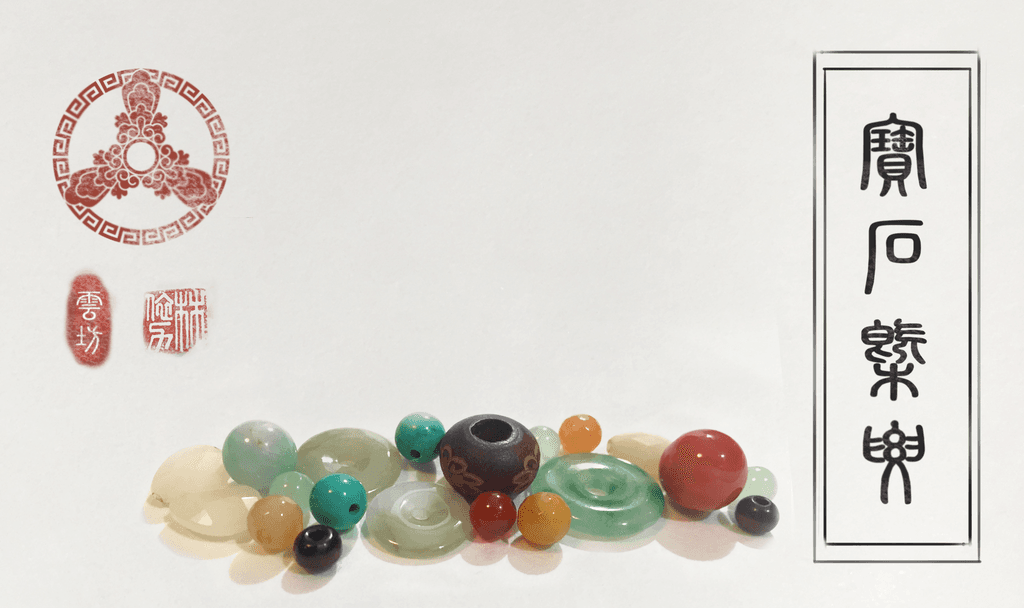It’s mid-April and the trees should have sprouted green buds by now, but in Sheepshead Bay, Brooklyn, spring looks apocalyptic.
Three years ago, Superstorm Sandy swept through the coastal neighborhood, pulling the Atlantic Ocean over city blocks as if it were a blanket. For those several hours until the water subsided, the saltwater soaked down into the roots of the neighborhood’s trees.
Today, dead trees stand along the sun-soaked avenues bordering the bay, in the parks lining Brighton Beach and Manhattan Beach, and in nearly every front yard.
A single tree costs an average of $1,400 to replace.





